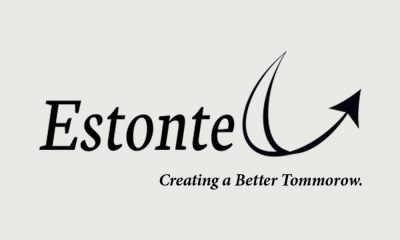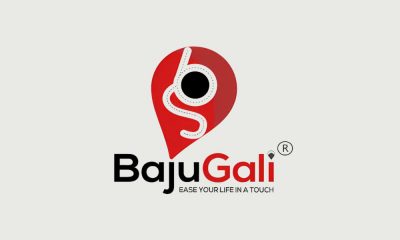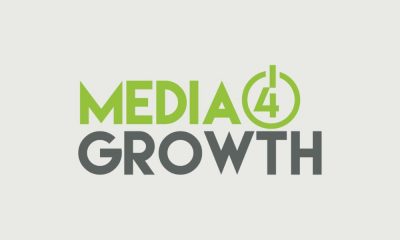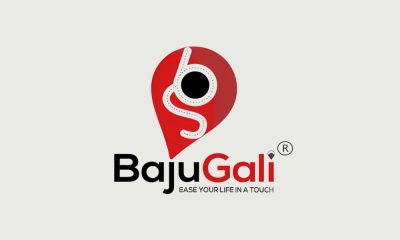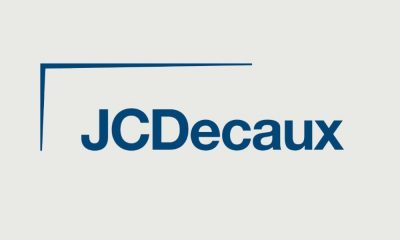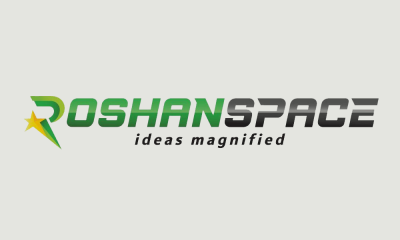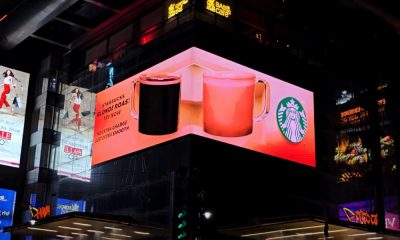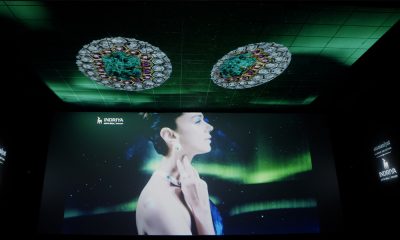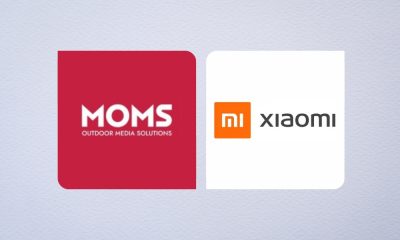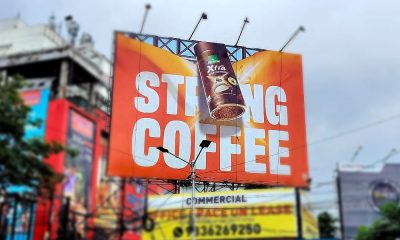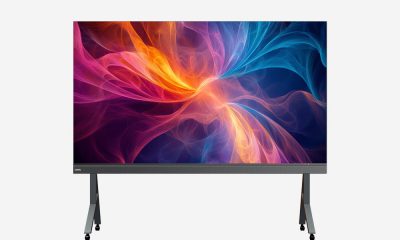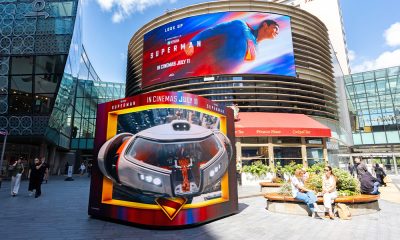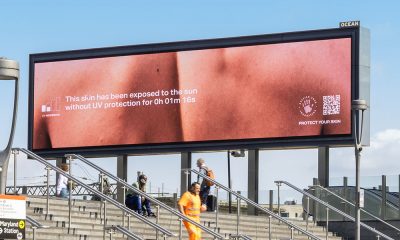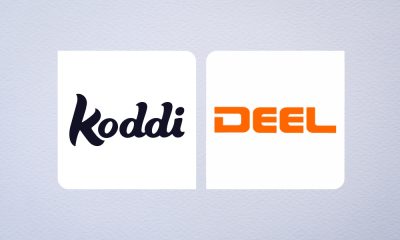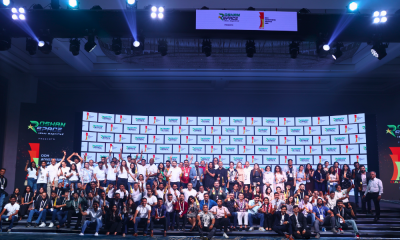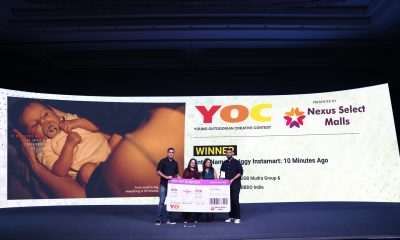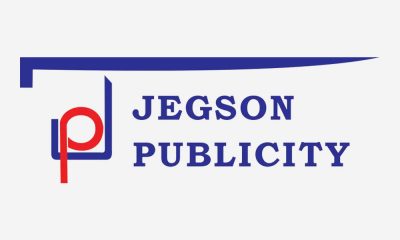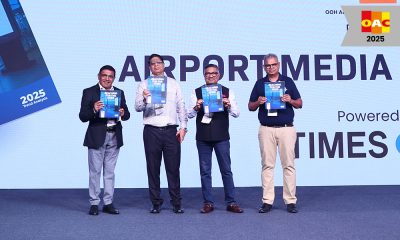Uncategorized
ABSLI’s Sharatee Ghosh on OOH powered by innovation, tech & behavioral nudges
Sharatee Ghosh, EVP of Customer Experience, Servicing and Retention at Aditya Birla Sun Life Insurance Company Limited (ABSLI), unveiled how OOH media is being revolutionized by innovative strategies, smart integration of AI, and nuanced application of behavioral science, on day 2 of OAC 2025.
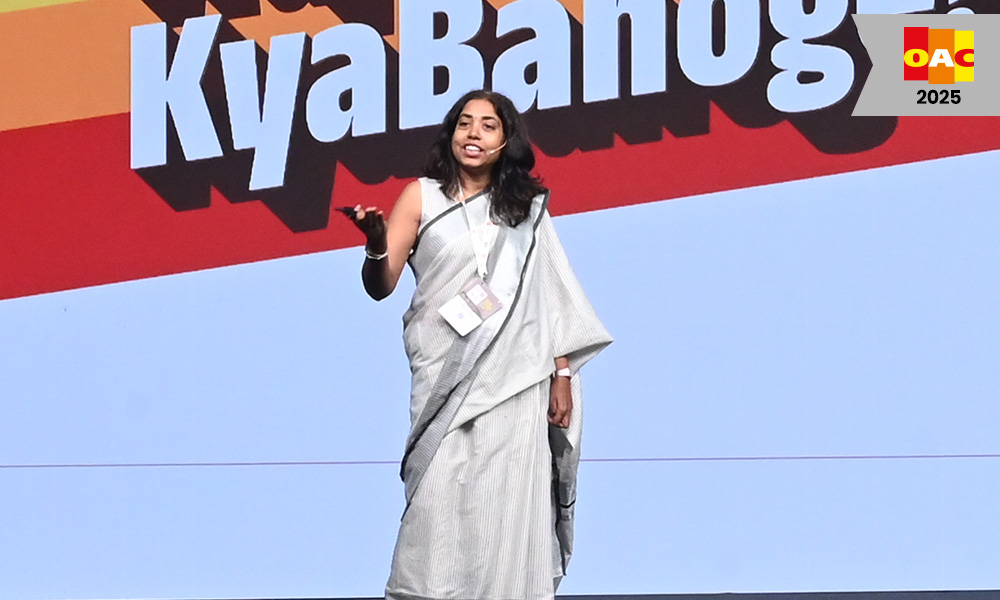
Day 2 of the 19th edition of OOH Advertising Convention (OAC) kicked off with an informative session by Sharatee Ghosh, EVP of Customer Experience, Servicing and Retention, at Aditya Birla Sun Life Insurance Company Limited (ABSLI). Her session explored the theme, ‘Driving new narratives for the brand with OOH – The ABSLI Journey’, highlighting how OOH media is evolving through innovation, the strategic application of AI, and the subtle power of behavioral nudges.
Innovation beyond AI
Sharatee opened by acknowledging the prevalent buzz around Artificial Intelligence. While recognizing AI’s exciting potential, she emphasized that OOH innovation has a rich history that predates current AI advancements. As an example, she referenced an Economist ad from 2005. The ad involved a billboard with a light bulb, which would light up when a person passed by. Citing this example, Sharatee stressed how the OOH industry stands on the shoulders of innovators who have continuously pushed boundaries.
Leveraging AI for engagement and addressing bias
A significant part of Sharatee’s presentation focused on ABSLI’s award-winning, AI-powered billboard campaign, which garnered an Abbey award. Challenging the perception of life insurance as a product only for older generations, ABSLI aimed to redefine retirement as “a brand new beginning.” The campaign tapped into a universal desire of everybody wanting to be famous.” They launched India’s first AI-powered billboard, allowing individuals to upload a selfie, choose a post-retirement profession, and instantly see their future selves brought to life through AI. Over 5,000 homemakers engaged with the campaign, visualizing their retirement dreams.
In the context of AI powered campaigns, Sharatee also warned against AI biases and shared a humorous anecdote from their recent campaign as an example. When men reimagined their post-retirement selves, initial AI-generated images frequently showed them looking plump due to biases in reference images. “As we move on the AI bandwagon, be aware of these biases and force correct before your brand launches it,” she pointed out.
OOH’s Role in behavioral nudges and social change
Moving beyond AI, Sharatee delved into the power of behavioral economics, referencing Nobel laureate Thaler and Daniel Kahneman. She showcased an impactful International Women’s Day campaign that utilized OOH to subtly challenge gender biases with thought-provoking questions. These campaigns demonstrated that “once biases break, they don’t come back“. She also presented an innovative interactive kiosk concept for corporate hubs, designed to encourage employees to publicly pledge starting retirement savings funds, leveraging a “social contract” to drive action.
In effect, Sharatee highlighted OOH’s capacity for fundamental social change through the example of ISA Bank in South India. To help rural women save money securely, ISA Bank introduced a unique tiffin box with a secret compartment. Sharatee explained the profound impact: “For those seven days, when it’s in a secret compartment, which is below the dabba, rather than inside the rice, nobody in the family gets to take out the money, and women have their own savings.”
Sharatee’s session underscored that OOH is rapidly evolving beyond static advertising into a dynamic, interactive medium. She emphasized that contemporary consumer expectations demand more than just visual presence; they require engaging experiences. Marketers must embrace this evolution, explore cutting-edge approaches for underutilized spaces, and recognize OOH’s potential to drive genuine behavioral shifts and foster deeper emotional connections with audiences. Her examples demonstrated that whether through AI, subtle nudges, or simple yet impactful solutions, OOH remains a powerful tool for driving narratives, achieving business objectives, and even facilitating meaningful social change.

